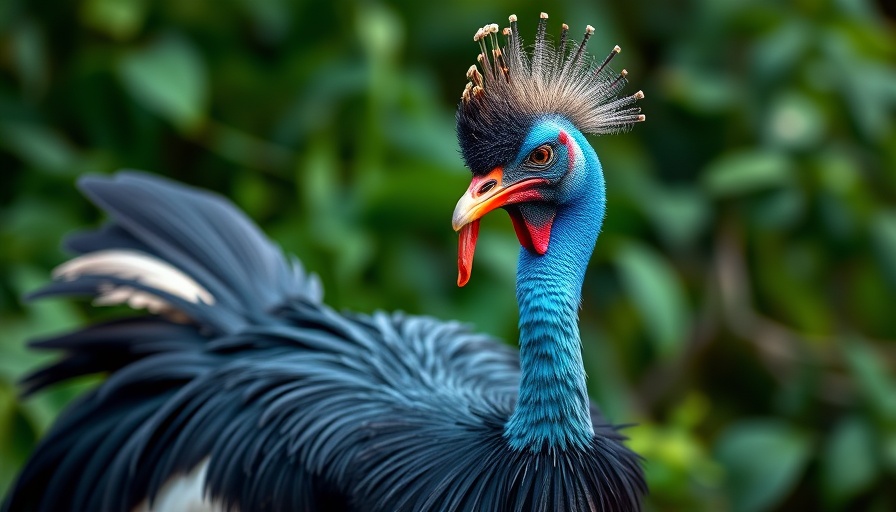
Unveiling the Fascinating History of Cassowary Domestication
The cassowary, often dubbed as the world’s deadliest bird, has a rich history that intertwines with humanity long before the domestication of familiar poultry like chickens. Recent archaeological findings from New Guinea suggest that these formidable birds were raised by humans as early as 18,000 years ago. This is not just a curiosity; it paints a vivid picture of how ancient peoples not only existed alongside these magnificent creatures but utilized them in their daily lives.
The Cassowary’s Threat: A Double-Edged Sword
Known for their aggressive nature and lethal claws, cassowaries possess the potential to inflict serious harm. Despite their fearsome reputation, these birds have played a crucial role in the ecosystems of New Guinea and surrounding regions. Their ability to consume and disperse the seeds of various plant species indicates that, while dangerous, they also facilitate a healthy environment, showcasing a complex dynamic between man and nature.
Strategies of Coexistence: Learning from the Ancients
Interestingly, the methods ancient societies developed to coexist with cassowaries can provide invaluable lessons for us today. By collecting cassowary eggs and raising the young birds, these societies learned to manage their habitats and incorporate wildlife in ways that were sustainable. This early form of wildlife management illustrates the depth of human-animal relationships, adapting practices that foster coexistence rather than conflict.
Conclusion: The Legacy of the Cassowary
Exploring the relationship between humans and cassowaries offers critical insights into how we can harmonize with nature. Such historical links highlight the importance of understanding our local wildlife's role in ecosystems, a lesson still relevant today.
 Add Row
Add Row  Add
Add 




 Add Row
Add Row  Add
Add 

Write A Comment